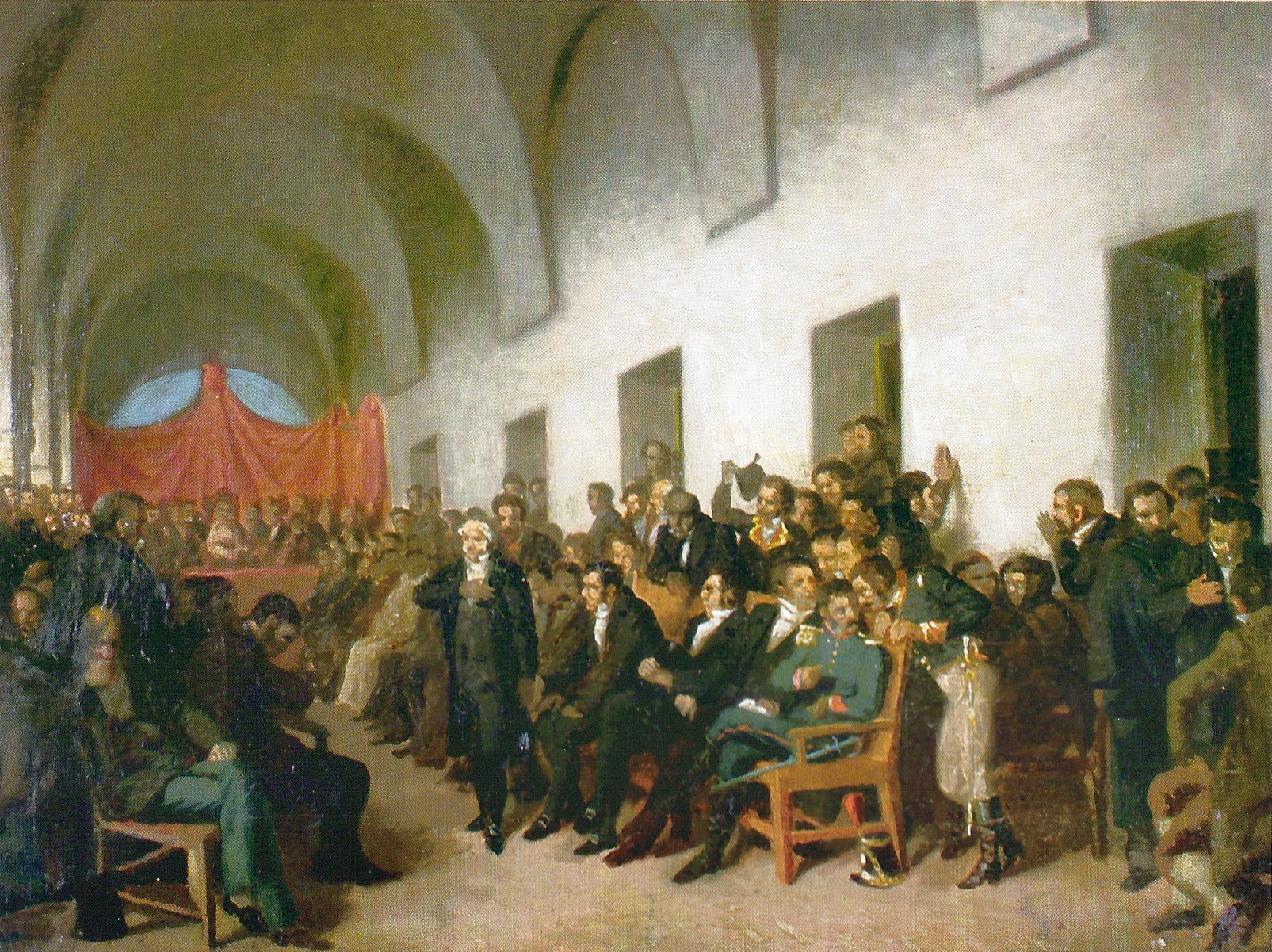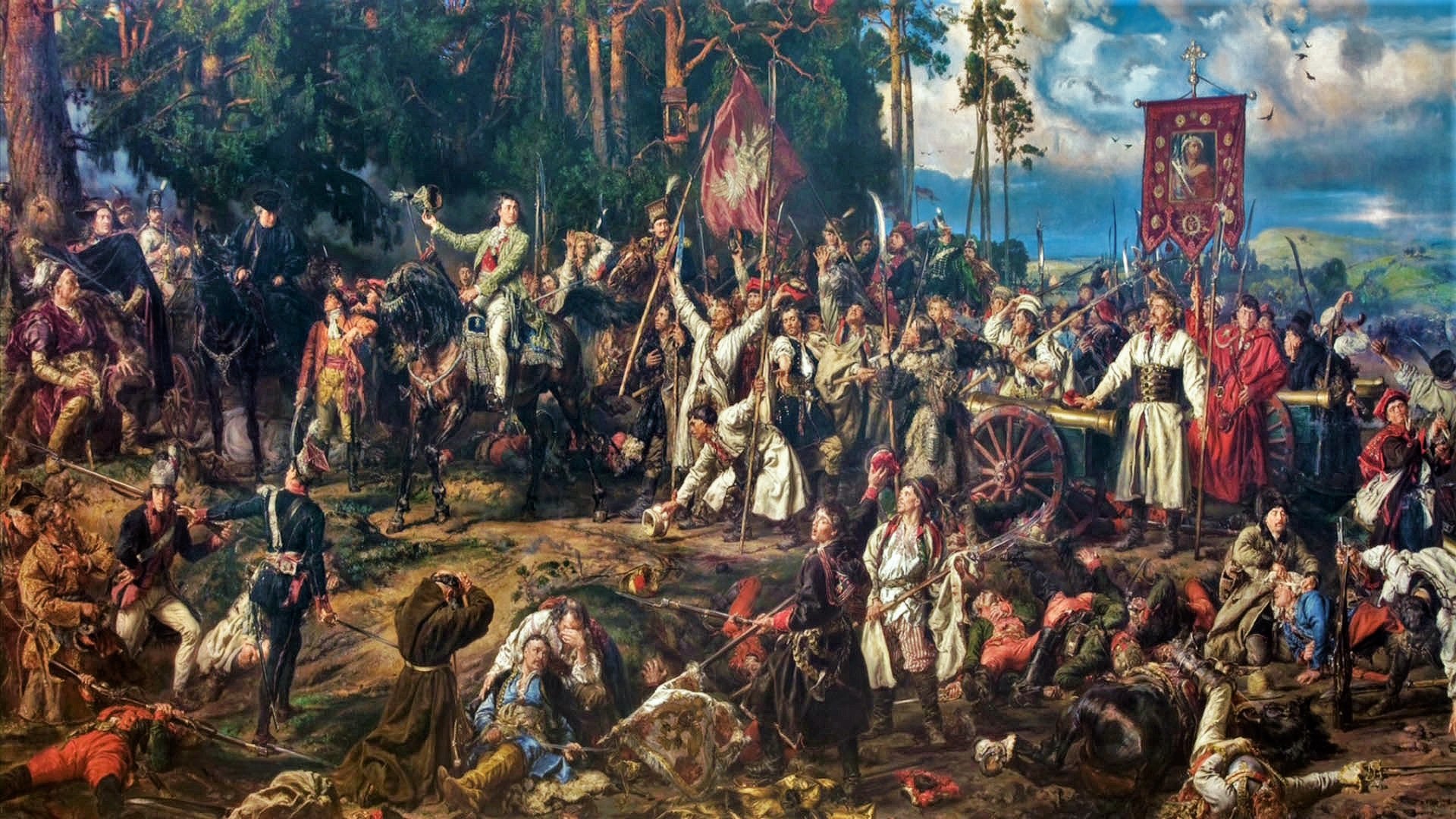|
Consulate Of Commerce Of Buenos Aires
The Commerce Consulate of Buenos Aires was one of the most important institutions of the Viceroyalty of the Río de la Plata, along with the viceroy, the Cabildo and the religious ones. The Consulate was set up in 1794 at the request of local merchants. It was a collegial body which functioned as a commercial court (called the Court) and as a society of economic development (called Governing Board). The Consulate was directly under command of the Spanish Crown, and it was directly governed by the rules dictated by the House of Trade in Seville. It was largely a guild of merchants with powers delegated by the king in trade matters. It could settle lawsuits and claims brought by merchants and was financed by levying taxes. With the passing of the years it would increase the power of control over customs. The Secretary of the Consulate was required to propose annually, through the reading of a Consular Report, ways to promote agriculture, encourage industry and protect the comme ... [...More Info...] [...Related Items...] OR: [Wikipedia] [Google] [Baidu] |
Consulado De Buenos Aires
The ''Consulado de mercaderes'' was the merchant guild of Seville founded in 1543; the Consulado enjoyed virtual monopoly rights over goods shipped to America, in a regular and closely controlled West Indies Fleet, and handled much of the silver this trade generated. A ''consulado'' was founded in Mexico City in 1594, controlled by peninsular wholesale merchants who dealt in long-distance trade and often married into local elite families with commercial ties. Their assets had to amount to at least 28,000 pesos. Although they were not supposed to deal in local retail trade, they often did some indirectly. They mainly lived in Mexico City and had positions on the city council or '' cabildo''. A number of them were connected to the crown mint in the capital. They diversified the assets locally, investing in urban real estate. In the 18th century, as New Spain's economy boomed, ''consulados'' were established in the port of Veracruz and in Guadalajara Mexico, indicating incre ... [...More Info...] [...Related Items...] OR: [Wikipedia] [Google] [Baidu] |
Viceroyalty Of The Río De La Plata
The Viceroyalty of the Río de la Plata ( es, Virreinato del Río de la Plata or es, Virreinato de las Provincias del Río de la Plata) meaning "River of the Silver", also called "Viceroyalty of the River Plate" in some scholarly writings, in southern South America, was the last to be organized and also the shortest-lived of the Viceroyalties of the Spanish Empire in the Americas. The name ''"Provincias del Río de la Plata"'' was formally adopted in 1810 during the Cortes of Cádiz to designate the Viceroyalty of the Río de la Plata The Viceroyalty was established in 1776 from several former Viceroyalty of Perú dependencies that mainly extended over the Río de la Plata Basin, roughly the present-day territories of Argentina, Chile, Bolivia, Paraguay and Uruguay, extending inland from the Atlantic Coast. The colony of Spanish Guinea (present-day Equatorial Guinea) also depended administratively on the Viceroyalty of Rio de la Plata. Buenos Aires, located on the western sho ... [...More Info...] [...Related Items...] OR: [Wikipedia] [Google] [Baidu] |
Cabildo (council)
A cabildo () or ayuntamiento () was a Spanish colonial, and early post-colonial, administrative council which governed a municipality. Cabildos were sometimes appointed, sometimes elected; but they were considered to be representative of all land-owning heads of household (''vecinos''). The colonial cabildo was essentially the same as the one developed in medieval Castile. The cabildo was the legal representative of the municipality—and its ''vecinos''—before the Crown, therefore it was among the first institutions established by the conquistadors themselves after, or even before, taking over an area. For example, Hernán Cortés established La Villa Rica de la Vera Cruz to free himself from the authority of the Governor of Cuba. The word ''cabildo'' has the same Latin root (''capitulum'') as the English word chapter, and in fact, is also the Spanish word for a cathedral chapter. Historically the term ''ayuntamiento'' was often preceded by the word ''excelentísimo'' ... [...More Info...] [...Related Items...] OR: [Wikipedia] [Google] [Baidu] |
Spanish Crown
, coatofarms = File:Coat_of_Arms_of_Spanish_Monarch.svg , coatofarms_article = Coat of arms of the King of Spain , image = Felipe_VI_in_2020_(cropped).jpg , incumbent = Felipe VI , incumbentsince = 19 June 2014 , his/her = His , heir_presumptive = Leonor, Princess of Asturias , first_monarch = Isabella I of Castile and Ferdinand II of Aragon ( Catholic Monarchs of Spain) , date = , appointer = Hereditary , residence = Royal Palace of Madrid (official)Palace of Zarzuela (private) , website The Spanish Monarchy The monarchy of Spain or Spanish monarchy ( es, Monarquía Española), constitutionally referred to as The Crown ( es, La Corona), is a constitutional institution and the highest office of Spain. The monarchy comprises the reigning monarch, his or her family, and the royal household organization which supports and facilitates the monarch in the exercise of his ... [...More Info...] [...Related Items...] OR: [Wikipedia] [Google] [Baidu] |
Manuel Belgrano
Manuel José Joaquín del Corazón de Jesús Belgrano y González (3 June 1770 – 20 June 1820), usually referred to as Manuel Belgrano (), was an Argentine public servant, economist, lawyer, politician, journalist, and military leader. He took part in the Argentine Wars of Independence and created the Flag of Argentina. He is regarded as one of the main Founder Fathers of the country. Belgrano was born in Buenos Aires, the fourth child of Italian businessman Domingo Belgrano y Peri and María Josefa González Casero. He came into contact with the ideas of the Age of Enlightenment while at university in Spain around the time of the French Revolution. Upon his return to the Viceroyalty of the Río de la Plata, where he became a notable member of the criollo population of Buenos Aires, he tried to promote some of the new political and economic ideals, but found severe resistance from local peninsulars. This rejection led him to work towards a greater autonomy for his countr ... [...More Info...] [...Related Items...] OR: [Wikipedia] [Google] [Baidu] |
Economist
An economist is a professional and practitioner in the social sciences, social science discipline of economics. The individual may also study, develop, and apply theories and concepts from economics and write about economic policy. Within this field there are many sub-fields, ranging from the broad philosophy, philosophical theory, theories to the focused study of minutiae within specific Market (economics), markets, macroeconomics, macroeconomic analysis, microeconomics, microeconomic analysis or financial statement analysis, involving analytical methods and tools such as econometrics, statistics, Computational economics, economics computational models, financial economics, mathematical finance and mathematical economics. Professions Economists work in many fields including academia, government and in the private sector, where they may also "study data and statistics in order to spot trends in economic activity, economic confidence levels, and consumer attitudes. They assess ... [...More Info...] [...Related Items...] OR: [Wikipedia] [Google] [Baidu] |
Economic History Of Argentina
The economic history of Argentina is one of the most studied, owing to the "Argentine paradox." As a country, it had achieved advanced development in the early 20th century but experienced a reversal, which inspired an enormous wealth of literature and diverse analysis on the causes of this decline. Since independence from Spain in 1816, the country has defaulted on its debt nine times; inflation has often risen to the double digits, even as high as 5000%, resulting in several large currency devaluations. Argentina possesses definite comparative advantages in agriculture because the country is endowed with a vast amount of highly fertile land. Between 1860 and 1930, exploitation of the rich land of the pampas strongly pushed economic growth. During the first three decades of the 20th century, Argentina outgrew Canada and Australia in population, total income, and per capita income. By 1913, Argentina was the world's 10th wealthiest state per capita. Beginning in the 1930s, ... [...More Info...] [...Related Items...] OR: [Wikipedia] [Google] [Baidu] |
Defunct Courts
{{Disambiguation ...
Defunct (no longer in use or active) may refer to: * ''Defunct'' (video game), 2014 * Zombie process or defunct process, in Unix-like operating systems See also * * :Former entities * End-of-life product * Obsolescence Obsolescence is the state of being which occurs when an object, service, or practice is no longer maintained or required even though it may still be in good working order. It usually happens when something that is more efficient or less risky r ... [...More Info...] [...Related Items...] OR: [Wikipedia] [Google] [Baidu] |
Buildings And Structures Completed In 1794
A building, or edifice, is an enclosed structure with a roof and walls standing more or less permanently in one place, such as a house or factory (although there's also portable buildings). Buildings come in a variety of sizes, shapes, and functions, and have been adapted throughout history for a wide number of factors, from building materials available, to weather conditions, land prices, ground conditions, specific uses, prestige, and aesthetic reasons. To better understand the term ''building'' compare the list of nonbuilding structures. Buildings serve several societal needs – primarily as shelter from weather, security, living space, privacy, to store belongings, and to comfortably live and work. A building as a shelter represents a physical division of the human habitat (a place of comfort and safety) and the ''outside'' (a place that at times may be harsh and harmful). Ever since the first cave paintings, buildings have also become objects or canvasses of much artistic ... [...More Info...] [...Related Items...] OR: [Wikipedia] [Google] [Baidu] |
1794 Establishments In The Spanish Empire
Events January–March * January 1 – The Stibo Group is founded by Niels Lund as a printing company in Aarhus (Denmark). * January 13 – The U.S. Congress enacts a law providing for, effective May 1, 1795, a United States flag of 15 stars and 15 stripes, in recognition of the recent admission of Vermont and Kentucky as the 14th and 15th states. A subsequent act restores the number of stripes to 13, but provides for additional stars upon the admission of each additional state. * January 21 – King George III of Great Britain delivers the speech opening Parliament and recommends a continuation of Britain's war with France. * February 4 – French Revolution: The National Convention of the French First Republic abolishes slavery. * February 8 – Wreck of the Ten Sail on Grand Cayman. * February 11 – The first session of the United States Senate is open to the public. * March 4 – The Eleventh Amendment to the United States Constitutio ... [...More Info...] [...Related Items...] OR: [Wikipedia] [Google] [Baidu] |






